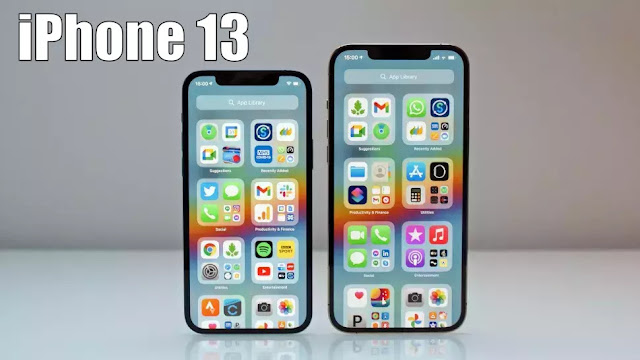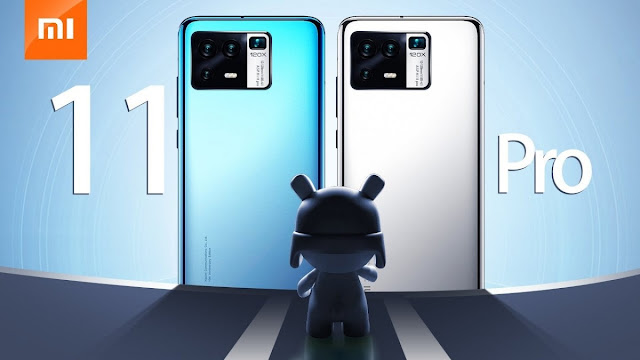In this article, we provide you with a ranking of the best cheap Chinese smartphones under $100. Below you will find the most convenient value-for-money model.
The best Chinese smartphones under $100
1. Xiaomi Redmi 9C
The new 9 series brought with it several devices and among the cheapest there is Redmi 9C: a perfect smartphone for those who don't have too many pretensions, given the hardware sector that can support the simplest needs and a practically infinite battery. Despite the low price, however, we find a large display with a drop notch and three rear cameras.
Technical Sheet:
- 164.9 x 77 x 9 mm for a weight of 196 grams;
- display by 6.53 inches diagonal with resolution HD + (1520 x 720 pixels);
- quad-core chipset MediaTek Helio G35;
- 2 GB of RAM - 32 GB storage (expandable via microSD up to 512 GB);
- main camera from 13 + 2 + 2 mega-pixel with opening f / 2.2 and LED flash;
- selfie camera 5 mega-pixels with opening f/2.2;
- battery by 5000 mAh;
- operating system Android 9.0 Oreo with proprietary interface MIUI;
- module dual SIM.
2. Huawei Y5
For those who are looking for budget proposals but are mainstream brands, here is Huawey Y52019. This product stands out with its color and even pays tribute to the youngest public. Here, we can also count on a complete product that can provide a smartphone experience for novice users or users who are not particularly familiar with technology.
- 147.1 x 70.7 x 8.4 mm for a weight of 146 grams;
- display by 5.71 inches diagonal with resolution HD + (1520 x 720 pixels);
- quad-core chipset MediaTek MT6761;
2 GB of RAM;
- 16 GB storage (expandable via microSD);
- main camera from 13 mega-pixels with opening f/1.8 and LED flash;
- selfie camera 5 mega-pixels with opening f/2.2;
- battery by 3020 mAh;
- operating system Android 9.0 Oreo with proprietary interface EMUI 9.0;
- module dual SIM.
3. Honor 8S
Honor 8S is Honor’s current low-cost recommendation. Here, we can also rely on all the basic functions and operating system-based functions of Android 9.0 Oreo. A MediaTek eight-core processor is proposed, which has 2 GB of RAM and 32 GB of internal memory that can be expanded via microSD. It emerges from a single rear space of 13 megapixels, while at the front there is an 8-megapixel front camera surrounded by a drop-shaped notch.
- LCD display from 5.71 inches with resolution HD + (1520 x 720 pixels) and density of 283 PPI;
- dimensions of 156.28 x 73.5 x 8 mm for 150 g;
- octa-core processor MediaTek Helio P35 up to 2.35 GHz;
- PowerVR GE8320 GPU;
- 2 GB of RAM;
- 32 GB of memory expandable through microSD up to 512 GB;
- rear camera by 13 mega-pixels with opening f/ 1.8, PDAF autofocus and LED flash;
- front camera from 8 mega-pixels with opening f/ 2.0;
- support dual SIM 4G, Wi-Fi b / g / n, Bluetooth 4.2, GPS / A-GPS / GLONASS / BeiDou, microUSB, mini-jack input;
- battery by 3020 mAh;
- operating system Android 9.0 Oreo with EMUI 9.














